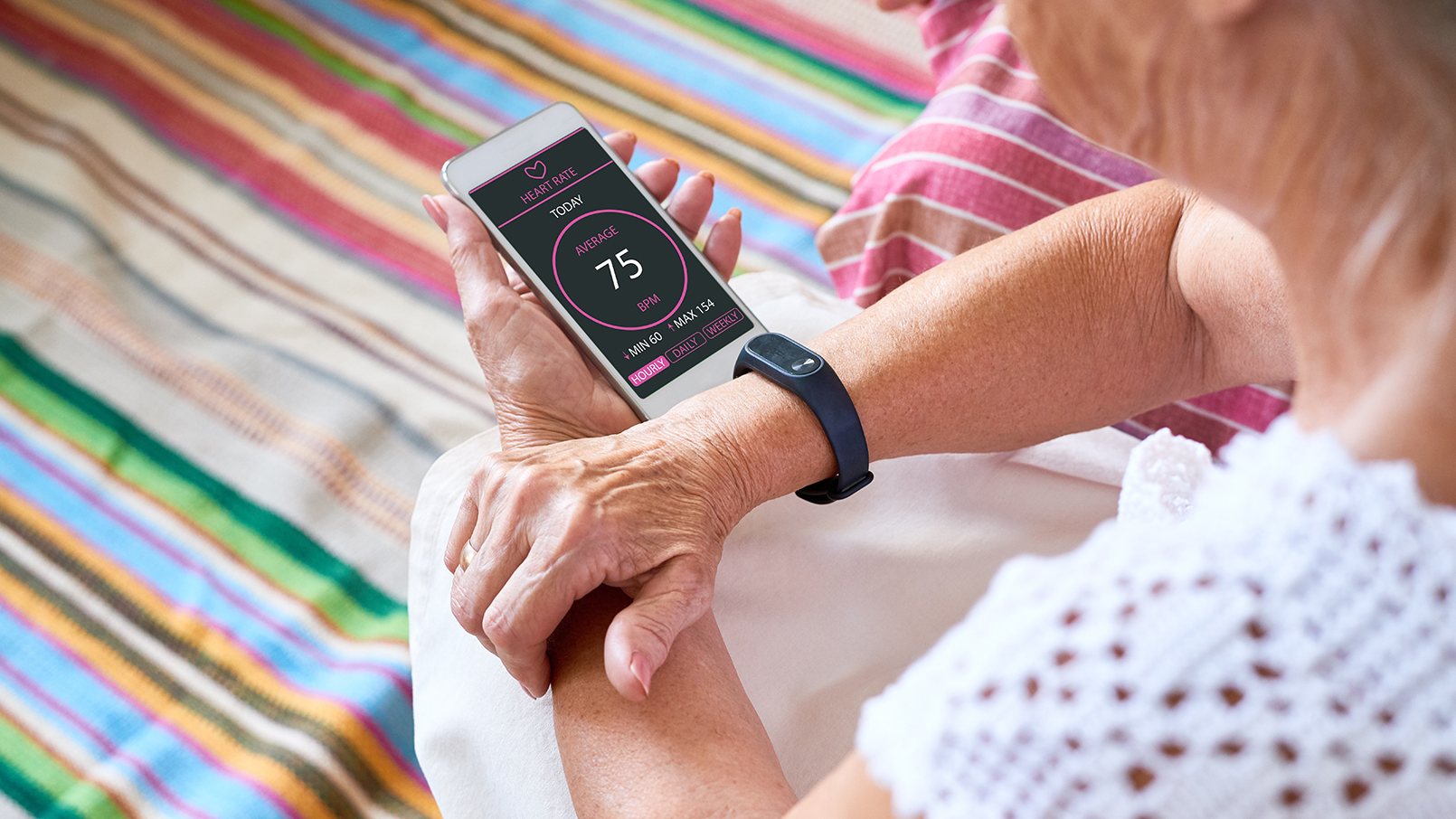The Scoop on Smartwatches and Wearable Tech


Fitness and health-related wearable technology has come a long way since the humble pedometer.
If you're looking to track activity, get quality sleep, drink plenty of water, and stay on top of your vitamins and medications, a "smart" ring or watch might be for you!
"Having a visual record of your progress--toward any goal you have--can be a motivating factor. Smart devices are a great tool to have," says Dr. Cathy S. Smith, medical director at Maris Grove, an Erickson Senior Living community in the Brandywine Valley of Pennsylvania.
In recent years, smart clothing has really taken off. Now, yoga pants can sense if your pose is correct, running shoes can analyze how your feet hit the pavement, and for people with diabetes, socks can measure temperature changes that might signal the development of an ulcer.
But fitness trackers are, by far, the most popular type of wearable technology. By the end of the 2023 holiday season, there were 15 major brands selling hundreds of models.
Basic fitness trackers count daily steps, the distance you've walked, and calories burned. More advanced wearables have smartphone integration and usually come with a downloadable app.
For those interested in the quality of their rest, check out the Oura Ring or WHOOP. Made of water-resistant titanium, the Oura Ring monitors sleep stages and provides a daily sleep score. The WHOOP wrist band provides key insights on recovery, such as sleep quality and heart rate variability.
The more recent versions of the Apple Watch can track workouts, monitor your heart rate and rhythm, generate an ECG, determine your blood oxygen level, and even detect falls. Garmin smartwatches--with accurate, real-time GPS mapping--are ideal for cyclists and runners.
Some researchers believe that wearable devices have the potential to help older adults stay more independent and enable them to adopt or maintain a healthy lifestyle.
"Depending on the device you choose, it can prompt you to take medications or let you know about upcoming appointments," says Smith. "That's a game changer for those who want to remain more independent."
She continues, "Wearables can also prompt you to get up and move. For example, you can customize some devices to notify you if you've been inactive for a specified period of time."
Research shows that sitting for hours at a time is an independent risk factor for heart disease, muscle and joint problems, vascular disease, and certain types of cancer. Getting up and moving every 30 minutes or so can help offset some of those harmful effects--and hearing a tiny beep or feeling a small vibration from a smartwatch can be a good reminder.
Academic and industry research shows that wearable technology is beneficial to users in other ways.
"If you monitor your health or fitness progress using a wearable device, you'll have a log that shows how you are improving," Smith notes. "Having a visual record of your progress can be a motivating factor."
Although this technology can be helpful, it's important to weigh the downsides. Usually, they're not that budget-friendly--basic models of fitness trackers start around $100, and sophisticated smartwatch models can cost thousands of dollars.
"Also, keep in mind that the data collected by any wearable tech is not 100% accurate," says Smith. "The information you obtain from a wearable device should be considered a guideline. Don't make any major health care decisions based on the data you receive without discussing it with your doctor."